Chainsaw Protection Worlds Strongest
- March 27, 2023
- 0 comment
Engtex, a Swedish textile company based in Mullsjö, has come a long way since its early days of making clothes. In the 1970s, they realized that the Swedish textile industry needed to adapt to changing market trends. To stay ahead, Engtex diversified into industrial textiles and developed breakthrough products like saw protection pants, which quickly gained popularity. Today, Engtex is a leading manufacturer of chain saw protection textiles, with their products experiencing strong growth in the market. In this text, we’ll explore the market and what makes Engtex’s chain saw protection products stand out.
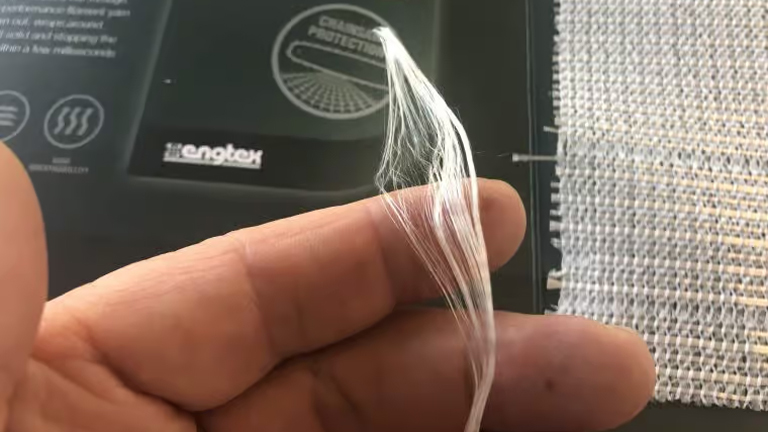
Halved weight – increased strength
Engtex has been dedicated to improving their products over time, and they have made significant advancements. Instead of using polyester fiber, they have opted for stronger materials, making their saw protection more effective while reducing its weight and thickness by half. Moreover, the newer, thinner protection offers better comfort, enabling improved airflow and moisture transport. The latest generation of their most expensive pants has left users impressed, particularly when compared to pants manufactured in the 80s and 90s. It is worth noting that the fiber material that offers the best saw protection is more expensive. But when it comes to safeguarding your leg or even your life, investing in quality protection is always worth considering.
Fiber is 15 times stronger than steel
Dyneema® is currently the best fiber for saw protection on the market. This fiber is manufactured by a Dutch company and is known as “the world’s strongest fiber”. It’s used in products that require super-strong ropes and textile fibers, as well as military protective gear that can withstand bullets and fragments, much like Kevlar. When I asked Engtex CEO Patrik Johansson why they don’t use Kevlar, he explained that, despite being a strong material, Kevlar is only five times stronger than steel and has a similar structure to cellulose fiber, which is what the chainsaw is designed to cut. Therefore, it’s not suitable for saw protection.
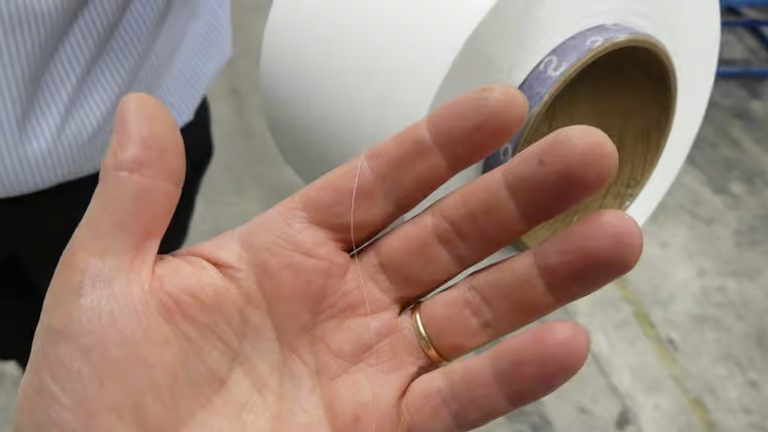
The weaving method is the secret
When a chainsaw chain hits the pants, it needs to pull off many fibers that stick to the sprocket to stop the chain. Engtex CEO Patrik Johansson compares this effect to a common weaving technique used for bed sheets. The threads are interwoven to lock each other in place, making it impossible to pull out a single thread from the sheet.

The saw protection fabric is made using a unique weaving technique known as “warp knitting.” Unlike the crosswise weaving technique used for bed sheets, this fabric has a thread structure consisting of two layers of strong Dyneema threads laid perpendicular to each other, held together by a third layer that knits them together. This allows for easy removal of each thread, regardless of its orientation. When the saw chain hits the fabric, it tears apart a large number of super-strong threads, which quickly entangle with the chain and sprocket, resulting in an almost instantaneous stop.
Own brand for chain saw protecting textile
The protective pads in chainsaw pants may seem like a small component, but they play a critical role in ensuring protection. Engtex, the maker of the pads, has branded them as “AVERTIC” to differentiate and showcase the quality of their fabric. Some clothing manufacturers, such as Stihl in Germany, have also started using this brand to highlight the superior quality of their protective clothing.
Three different classes of chain saw protection
Many institutions regularly test the saw protection capacity of protective pants. One of the most well-known testing and research institutions is KwF (Kuratorium für Waldarbeit & Forsttechnik) in Germany, which conducts thorough testing of various protective products. Here’s a quick example of a Stihl test from KwF’s testing facility:
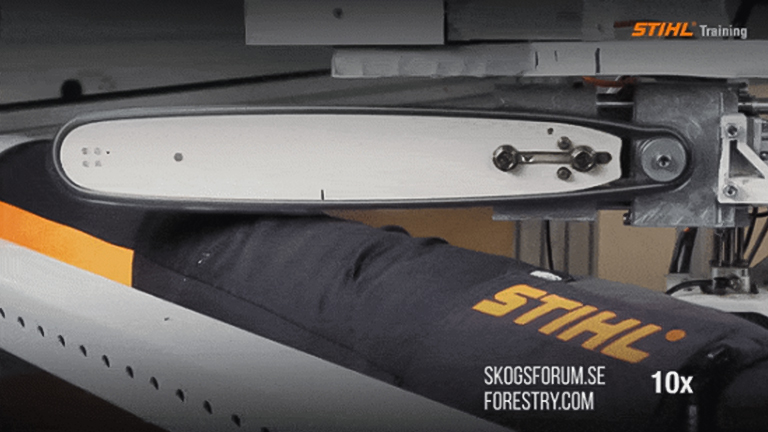
Saw protection pants have three different classes of protection, each with specific requirements and testing protocols. All saw protection tests use the same standardized calibration pads to trim their testing facilities. These pads are created by Engtex and consist of complete saw protection with uniform characteristics.
The requirement for the saw protection in each class is that the chain when it has stopped, should not have damaged the innermost fabric layer in the pants. The different protection classes are:
Class 1, should stand a chain speed of 20 meters/second (65,6 ft/sec)
Class 2, should stand a chain speed of 24 meters/second (78,7 ft/sec)
Class 3, should stand a chain speed of 28 meters/second (91,9 ft/sec)
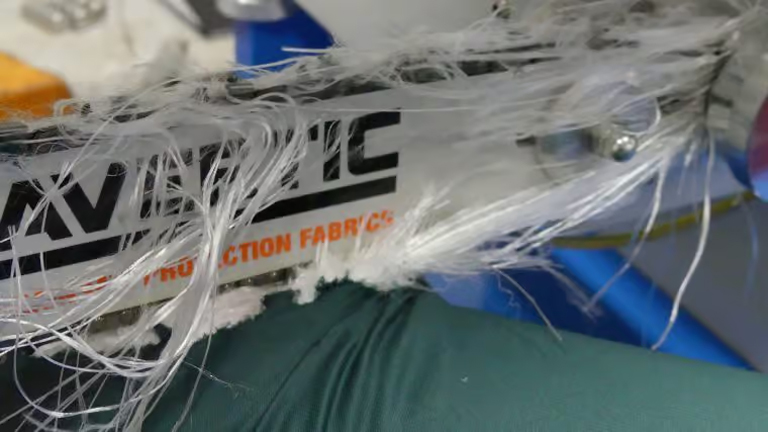
All tests are done in Europe at a 45-degree angle on the pants leg. In the United States, they are made at a 90-degree angle, cross over the leg.
Six layers
The most effective saw protection pants on the market today use the Avertic Pro or Avertic Pro Lite fabric. The Avertic Pro Lite fabric weighs a mere 99 grams per square meter and requires six layers for protection class 1, or eight layers for protection class 2.
The growing market for chain saw protection
According to Patrik Johansson from Engtex, the future of saw chain protection looks promising. He states that there are new markets that have not previously used protective clothing, like some countries in Eastern Europe and Russia. Additionally, countries such as Germany are seeing an increase in the use of chainsaws, which creates a higher demand for protective clothing.
In the United States, there is a growing market for saw protection clothing, particularly among younger generations who are more safety conscious. Patrik also notes that protective clothing manufacturers have been successful in designing clothing that is both safe and stylish. To meet the increasing demand, Engtex plans to move to a new and larger production facility soon.
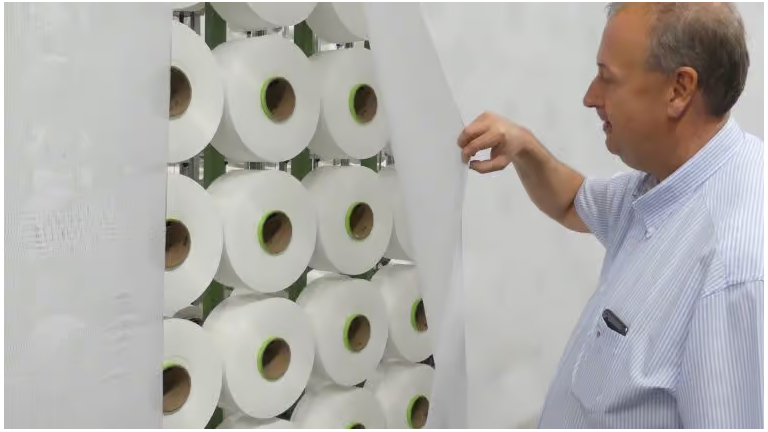

It all begins with the laying of the warp, where the fibers are positioned with the required spacing for the final product. In a massive rack, over 1000 thread spools are available. Thin fibers are directed from the spools towards the collecting reel, where they are wound up at an impressive speed of 60 km/h (37 mph). Each spool has 10 km (10,000 meters/32,800 ft) of fiber. The warp I observed had almost 1200 threads.
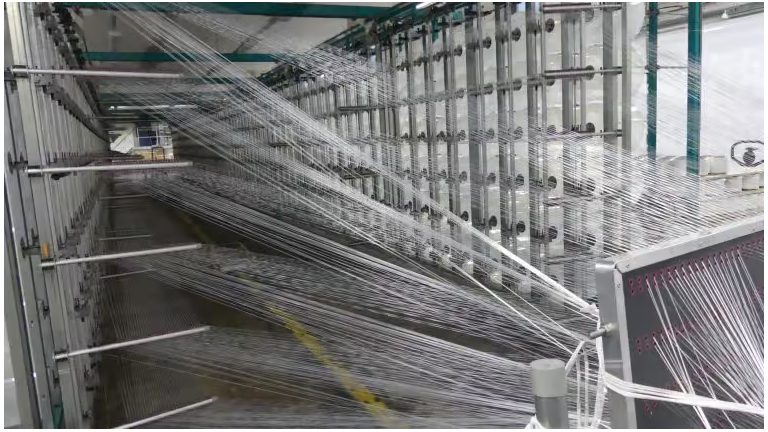
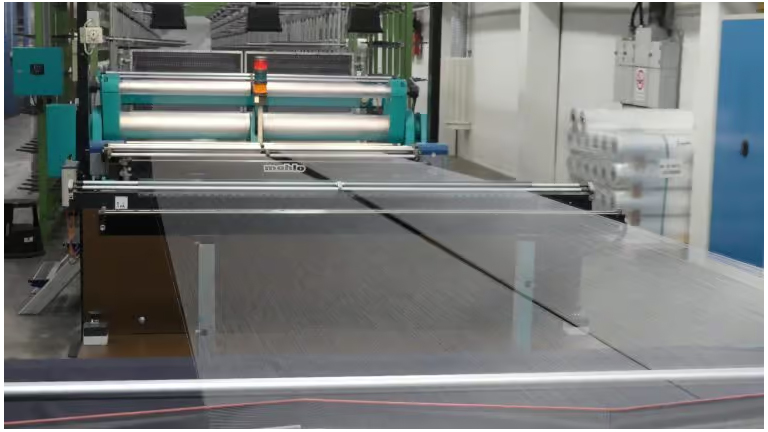
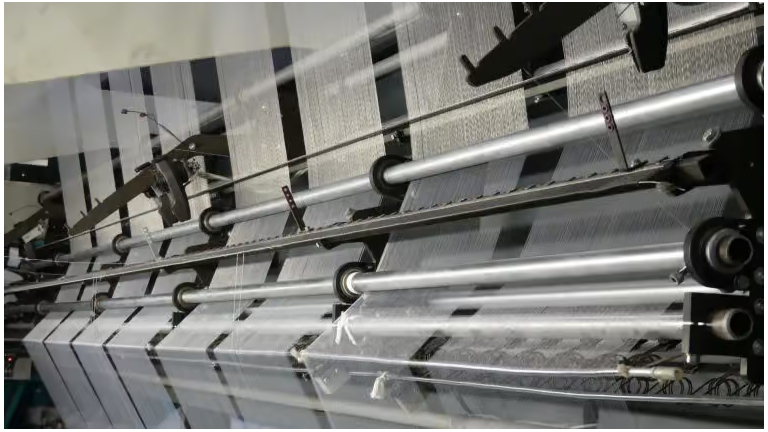
After the warp is set up, it’s taken to the machines where the actual weaving or knitting is done. The machines work rapidly with needles, knitting the two layers of Dyneema fibers into a consistent weave. The final product is rolled up and sent to clothing manufacturers, who cut and add the desired number of protective layers to their pants, boots or gloves. Thanks to the hard work of Engtex’s product developers in Mullsjö, the next time you use your chainsaw and avoid injury, you can be grateful for the high-quality protective materials that keep you safe.
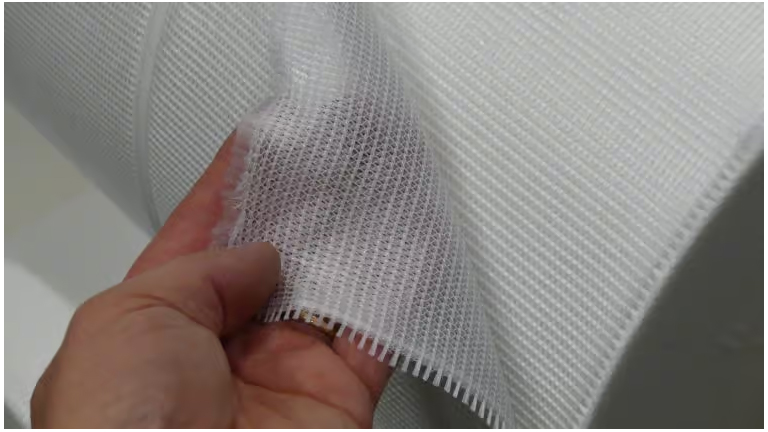
Here is a video where you can see the manufacturing and som cutting tests:
Frequently Asked Questions
- What are the main applications of Dyneema®?
Dyneema® is used in a wide range of applications, including personal protective equipment (e.g., cut-resistant gloves and body armor), maritime and industrial ropes, sports equipment (e.g., fishing lines, archery strings), and even lightweight outdoor gear like tents and backpacks. - Is Dyneema® resistant to chemicals and UV rays?
Dyneema® is highly resistant to chemicals and UV radiation, making it ideal for outdoor and marine applications where exposure to harsh environments is common. - Can Dyneema® be used for ballistic protection?
Yes, Dyneema® is used in the production of body armor and other ballistic protection solutions due to its high strength and low weight, providing excellent protection against ballistic threats. - Is Dyneema® environmentally friendly?
Dyneema® has a relatively low carbon footprint and can be recycled, making it a more sustainable choice compared to some other materials. - Can Dyneema® be dyed or colored?
Dyneema® is inherently white, but it can be dyed or colored during the production process to achieve different visual appearances or enhanced UV protection. - How does Dyneema® compare to other high-strength fibers like Kevlar®?
Dyneema® and Kevlar® are both high-strength fibers, but they have different properties and strengths. Dyneema® is known for its superior strength-to-weight ratio, while Kevlar® offers excellent heat resistance. - Is Dyneema® resistant to moisture and water?
Dyneema® has excellent resistance to moisture, and it doesn’t absorb water, which helps it maintain its strength and durability in wet environments.

John Carlos
Forestry AuthorThe beauty of logging isn't just about felling trees. It's about understanding nature, mastering the art of chainsaws, and respecting the environment. I believe in sharing my experiences and knowledge, ensuring that we move towards a sustainable future together.

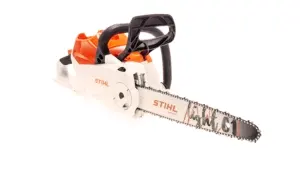
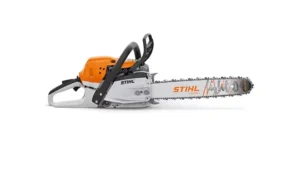
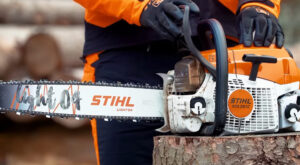

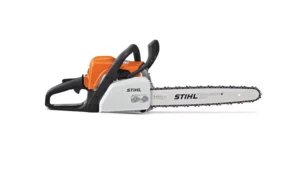

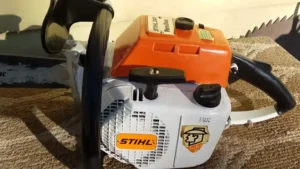
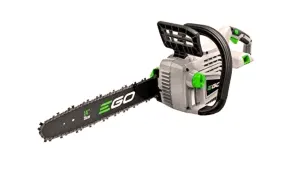
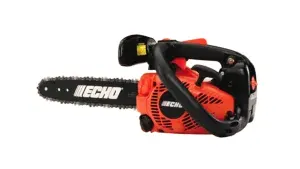
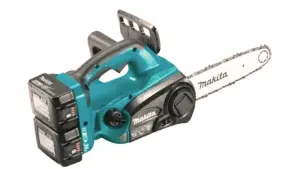

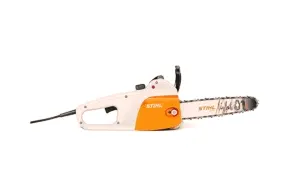
Leave your comment